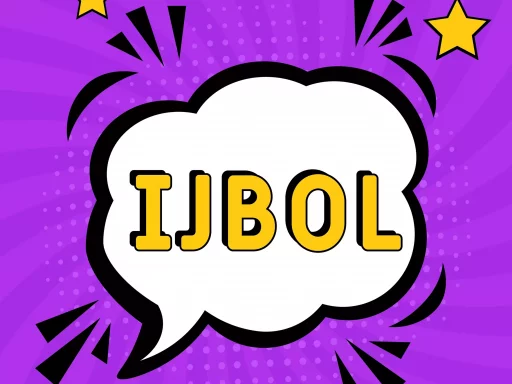Introduction to Slang and Its Usage in Communication
Slang is a type of language that consists of non-standard words and phrases. These expressions are more commonly used informally, especially by certain groups. One such slang is ‘YGM’, often used in written and digital communication.
Definition of YGM
‘YGM’ is an acronym that stands for ‘You’ve Got Mail’. It emerged with the advent of email communication, corresponding with the notification sound of incoming emails on AOL (America Online) software. Over time, it has come to be used more broadly in a myriad of digital communications including text messaging, instant messaging and social media platforms.
Contextual Use of YGM
Just like other online 또는 internet slang such as LOL (laughing out loud) or BRB (be right back), YGM often pops up in casual, informal contexts. It can be used as a quick way to tell someone that you have sent them an email or digital message awaiting their attention. Here are some examples of how YGM is used:
- After discussions on a group project via a messaging app, a team member might say, ‘I’ve put all the details in an email. YGM.’
- A friend might text you saying, ‘Sent you the directions to the party. YGM.’
- In a professional setting, your colleague might Slack you with, ‘YGM. Please check the document and feedback.’
The Evolution of YGM
The concept of mail has substantially evolved with technology. While it originally referred to physical letters, it has transitioned into a term that most commonly refers to digital emails today. Thus, ‘YGM’ today doesn’t just include emails, but also other forms of digital communications like messages on Whatsapp, Facebook, Instagram, and others.
In Conclusion
We live in an era marked by the evolution of modes of communication, which no doubt includes language as well. Slang, acronyms, and abbreviations have shaped and continue to shape how we communicate. With YGM, conversations have become more dynamic and quick. However, as much as it’s necessary to keep up with these evolvements, it’s equally important to know when and where to use them to keep communications understandable, clear, and appropriate.





